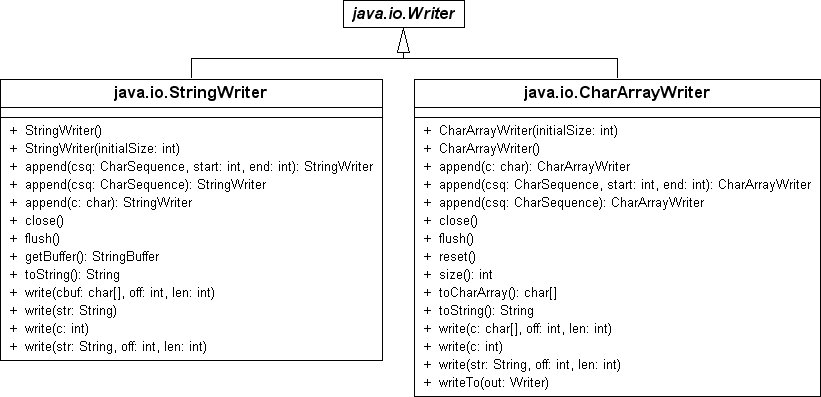

The system should give you a listing of the packages to be downloaded, as well as the disk space required.
#Java ver 7.6.7 update#
Step 5: Update CentOSĮnter the command into the terminal: sudo yum update This can help speed the update process, and it can also help prevent issues. This will clear the caches and lists in the local yum repositories. To clear these out of your system use the terminal command: sudo yum clean all Step 4: Package manager cleanupĪs the yum package manager updates your system and software, it accumulates additional listings and downloaded data. You can research the upgrades to software packages as needed, depending on your system configuration. If you see a familiar package listed, it can indicate that there are updates or changes you’ll want to be aware of.
Scan through these to make sure everything is in order.Ī good habit is to scan for software that you’ve specifically configured or installed.
If you would prefer to set the JAVAHOME (or JREHOME) variable via the command line: Open Command Prompt (make sure you Run as administrator so youre able to add a system environment variable).

The system will display a list of available updates, including the core operating system updates. Set the JAVAHOME variable via the command line.
Step 3: Check for available updatesĬheck available CentOS updates with the command: sudo yum check-updateTake a moment to verify your system backups. I have a two-dimensional array, say 0 0 0 0 0 0 2 3 4 0 0 9 1 5 0 0 8 7 6 0 0 0 0 0 0 And i need to get all the numbers adjacent to 1(2, 3, 4, 5, 6, 7, 8, 9) Is there. Step 2: Verify data and backupsīacking up important server data should be done before running a operating system upgrade.
#Java ver 7.6.7 how to#
Read this, for a full tutorial on how to check CentOS version. If you are simply interested in running a few quick commands, you may wish to begin with the Quickstart Guide.This chapter covers the particulars of Helm commands, and explains how to use Helm. It assumes that you have already installed the Helm client. Make sure the first number is at least 7.x.x. This guide explains the basics of using Helm to manage packages on your Kubernetes cluster. The system should display the CentOS Linux release version.
#Java ver 7.6.7 upgrade#
Upgrade CentOS to Latest Version: 6 Easy Steps Step 1: Check current CentOS versionĬheck the version of your current release with the command: cat /etc/redhat-release


 0 kommentar(er)
0 kommentar(er)
